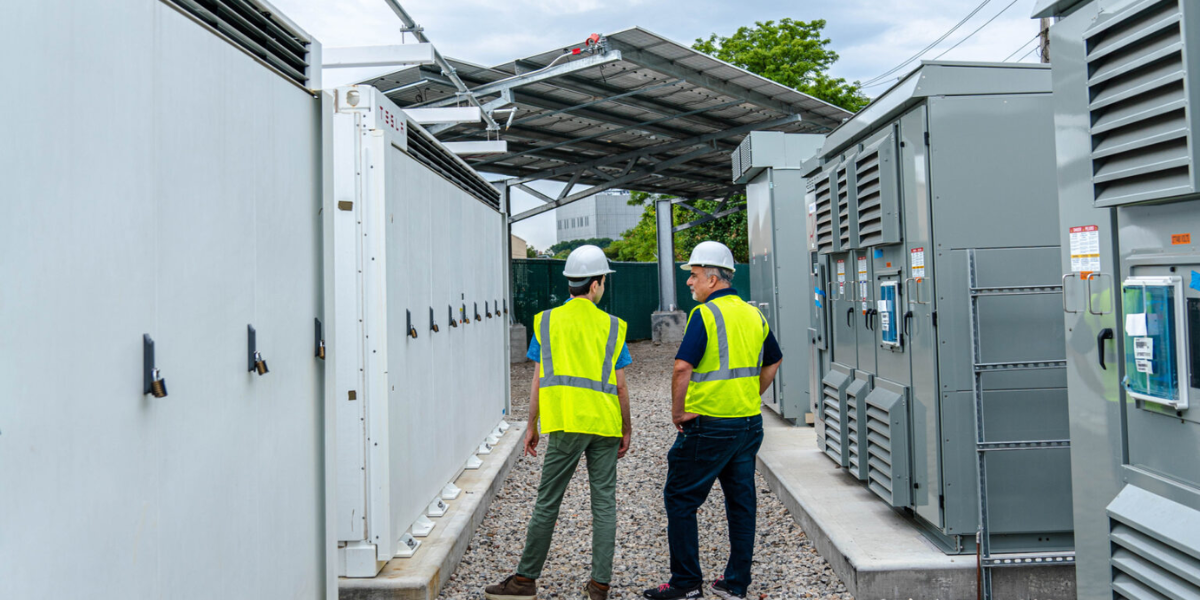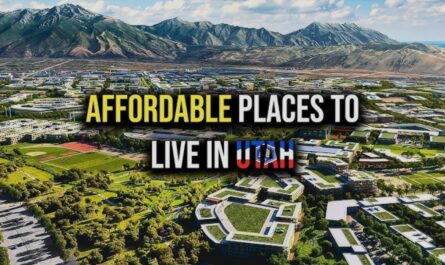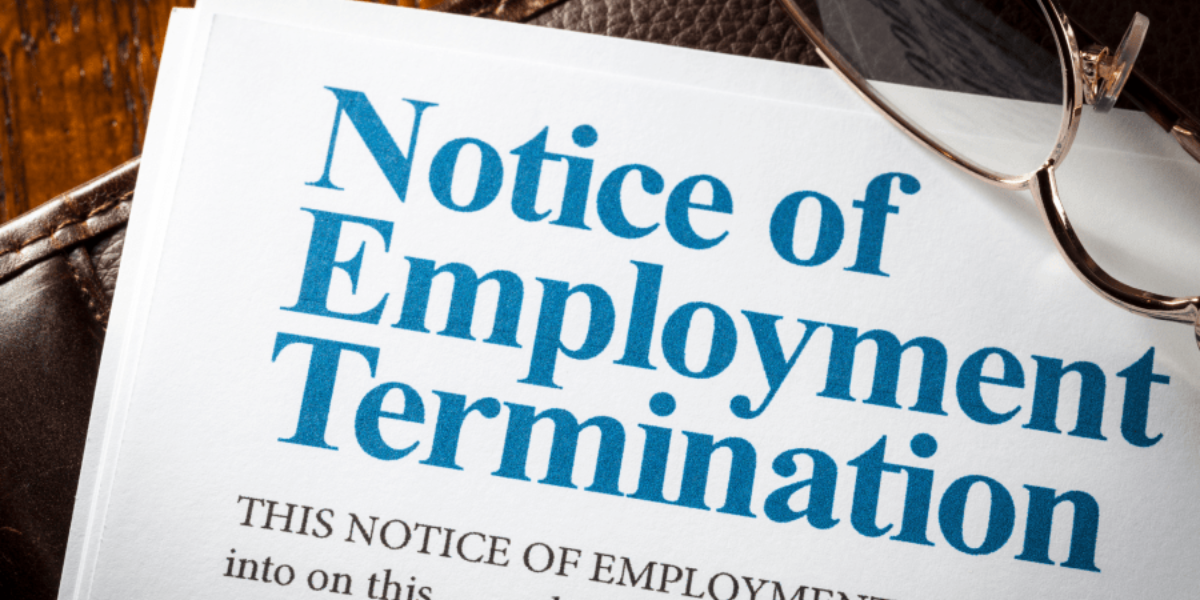New York’s ambitious Climate Leadership and Community Protection Act was passed in 2019. NineDot Energy, based in Brooklyn, saw a chance. To meet its net-zero-emissions goal, the state had to build a grid that was 70 percent made up of renewable energy sources over the next ten years. The startup thought it could help with this.
NineDot was already working on fuel cells and small battery systems that could store electricity for thousands of hours. These would be great for neighborhoods or small businesses.
A co-founder of the company, Adam Cohen, said, “New York City is a really important market—a really hard nut to crack—and one that was really rewarding in terms of building something great.” Cohen and other energy developers, both small and large, are still looking for the best way to meet the needs of the city and make money at the same time.
When businesses want to add more storage, they have to deal with a lot of problems, such as getting the money to do it, getting local permits, working with a regional grid operator or utility, and dealing with delays caused by grid reviews.
The New York State Energy Research and Development Authority (NYSERDA) says that since 2019, 6,193 battery storage projects have been put in place in New York state. About 445 megawatts of energy can be stored in the state as a whole. The New York Independent System Operator (NYISO), a nonprofit that keeps an eye on New York’s power grid, says that one megawatt of electricity can power between 800 and 1,000 homes at once.
Developing renewable energy projects is a key part of the state’s climate goals to cut down on fossil fuel emissions. It is planned that battery storage will grow along with solar and wind power so that extra energy can be saved while the sun or wind blows. Keeping batteries charged is meant to help make up for any shortages.
Upstate, in and around the Hudson Valley, is where most of New York’s electricity needs are. But there isn’t a lot of cheap land in the area, and people can speak out strongly against big energy projects that could power at least 20,000 homes at once. In many places, it can take years for large or utility-scale projects to join a regional grid after going through reviews and applications by the local government.
Cohen’s business has been trying to get and winning contracts to build smaller battery systems for neighborhoods. As an example, it is building two battery storage systems to power Staten Island neighborhoods. Each battery system can provide 4.9 megawatts of power, which is a small amount compared to what a large-scale project can provide but can be useful in areas with a lot of people. An area system takes up a lot more room than this unit.
A city press release about the NineDot deal says that on a hot summer day, NineDot’s two systems in Staten Island can provide 9.8 megawatts of power to about 9,800 city homes for four hours.
Cohen’s batteries need to connect to a local power grid as well since they are in New York City. In the city, this is usually Con Edison, which tells small developers how much it will cost to connect to the grid. For big developers, that cost estimate comes from the NYISO, which is the state’s main grid operator.
Cohen said he was surprised at how much work it took to get these projects started. There was the process of getting permits, connecting to the grid, getting money, and finding customers. He also knew what the risks were. He had some experience building up the city’s alternative energy sources.
Cohen’s first energy project in the city was to make fuel cells, which are machines that use hydrogen and oxygen to power two different electrodes. The hydrogen molecules are then split into protons and electrons. The electrons then flow through a circuit outside the atom, making electricity. The grid then buys this electricity.
Cohen’s company was able to build a five megawatt fuel cell project in the Bronx, which went live in August 2022. However, NineDot Energy quickly switched its focus to making battery storage systems to use the state’s program. Cohen, however, thought that the connection stage of the development process, which was a lot like the fuel cell process, was very hard to understand.
Cohen talked about his big step into fuel cell development: “We didn’t know what we didn’t know at the time.”
“The building of the project doesn’t take years.” Because there are so many checks, it only takes years to build… He said, “You can’t just make it happen.”
A Pricey Mission—But Policies Made by the State Are Aiding
Many times, putting in the batteries is one of the easier parts of the process. It takes time to deal with government paperwork and requests for permits, buy or rent land, negotiate with utility companies or grid operators, and sometimes go through environmental reviews.
Even big developers with a lot of experience say they don’t know how much the upfront costs will be or how long it will take for a connection assessment. Kolin Loveless, senior director of development at Key Capture Energy, a big company that builds battery storage and has projects in the Hudson Valley and plans to build on Long Island, said that the bottom line is the most important thing.
He said, “We want to know if the project will make money and how much it will make over the next 20 years.” “That is a big investment of money, and you want to be sure that it will pay off in the long run.”
The NYSERDA made the Bulk Energy Storage Program to encourage large-scale battery storage. The Public Service Commission approved it in June 2024 to help the state reach its goal of six gigawatts of battery storage by 2030. Key Capture Energy is going to take part in this program.
NYSERDA also said this year that proposals for building energy storage facilities in New York could get an extra $5 million. Applications must be turned in by July. Key Capture has two storage systems up and running outside of Albany and Buffalo thanks to money it got from the state’s Market Acceleration Bridge Incentive (MABI).
NineDot has also found help from the government for its smaller businesses. In order to help small energy providers, the NYSERDA has set up the New York Green Bank. The green bank lends money like any other bank, and it promises to spend $200 million on green infrastructure by the end of this year. A total of $50 million was given to NineDot through the program from 2023 to 2024.
“Interconnection Cost Chicken” is a game.
It’s important to connect to the grid. Loveless says that Key Capture Energy, like many others, has had trouble connecting to the grid. Once developers have found land for a project, they have to wait in an interconnection queue to find out how much it will cost to connect to the grid.
The NYISO is in charge of the mechanism. The operator learns a lot about the project and the grid’s capabilities. People are angry about how long the process takes and how fast the energy transition is going because it takes so long.
The backlogs for connecting U.S. grid systems are getting bigger and bigger. A report from the Lawrence Berkeley National Laboratory in 2023 says that “the average project built in 2022 took 5 years from the interconnection request to commercial operations.” This is compared to 3 years in 2015 and less than 2 years in 2008.
In order to speed up interconnection, the Federal Energy Regulatory Commission put out an order in 2023 that required a “cluster study” method. The FERC told the grid operators that they should look at groups of projects instead of each one separately.
In the current New York cluster study, Loveless’s company has battery storage projects. In total, 240 projects are being looked at. He said that Key Capture Energy and dozens of other developers are still waiting to hear how much it will cost to connect. People quickly drop projects if the cost is too high. Loveless says that the wait is like the game “interconnection cost chicken.”
“There will be two rounds of interconnection cost chicken,” he said. Some developers are hesitant to use the first connection because the fees are “pretty high.” After a few months, he said, a new connection fee is being offered. “That should be the last copy.”
The cost of interconnection depends on how many changes and upgrades need to be made to the power grid to make room for another energy project. It costs the developer to make these kinds of changes.
Smaller battery storage projects, like the ones NineDot Energy is working on, don’t have to go through the independent system operator’s steps to connect to the grid.
Projects with less than five megawatts must go through the interconnection process with the local utility. This process is run by the Public Service Commission and is based on the New York Standardized Interconnection Requirements.
This method works a lot faster. Sixty business days after an application is sent in, the utility has to give an estimate of how much it will cost. Con Edison, the company that serves most of New York City, has agreed to connect NineDot Energy to their grid.
Cohen said, “Delta Electric has 82 different substation network areas, and each one is run a little differently.” “Each of those has its own way of connecting and costs, so you need to do this study to find out what the local infrastructure is and what it can handle.”
People like you have paid for this story.
Our nonprofit newsroom gives away free, award-winning climate coverage and shows ads. We can’t keep going without donations from people like you. Donate right now to help us do our work.
Cohen’s company has to come up with complicated ways to connect to the local grid infrastructure. He said that this often needs special designs to work with the city’s grid’s many different power schemes.
Cohen said that Con Edison is always changing its rules to make room for businesses like his, but that utilities can still underestimate how much it costs to connect to other networks. For the builders, this could mean having to pay more than they had planned.
Permits and Opposition in the Area
More and more people in downstate New York, especially in New York City, are also against battery storage projects.
In some small towns in downstate New York, especially on Long Island, the government has put a stop to the building of battery storage systems. Many people in the area are against it because they are afraid of a fire like the one that happened earlier this year in Moss Landing, California, which is home to one of the biggest battery storage plants in the world.
Officials in Oyster Bay have stopped storing batteries because they need to update the state’s fire codes and make it harder to store commercial batteries. The wait was made because of three fires in 2023 at battery storage sites in the state.
Several state agencies make up the Inter-Agency Fire Safety Working Group, which is looking over safety standards for battery storage. Developers say they expect final recommendations this summer.
The rules for storing energy are stricter in New York City than in the rest of the state. The city needs all battery storage equipment and a lot of the planning and setting up of the system to be approved by the fire department.
On-site safety checks are very thorough at battery factories, and the fire department has the power to look over and approve individual units.
Cohen explained, “Not only are our sites checked to make sure they meet safety standards, but the modules and units we’re putting in have to be approved by the city—by the Fire Department.”
Even so, people across the city are against installing energy storage systems in their neighborhoods, according to community boards. According to the Brooklyn Paper, a community board meeting in East Brooklyn in March was “marked by shouting, heckling, and fears over potential risks.” This was because NineDot Energy wanted to put in a lithium battery storage system in the area.
A few weeks ago, dozens of people on Staten Island protested against a $300 million battery storage project. Some of them went so far as to call it a possible “mini Chernobyl,” a reference to the 1986 meltdown at the Chernobyl nuclear plant in Russia.
Small battery storage systems can be built in New York City’s business and manufacturing districts “as-of-right,” which means they don’t need a special permit. When the city passed new zoning rules in December 2023, they made it easier to put up energy storage systems in residential areas as long as they were less than 10,000 square feet.
Cohen said that NineDot Energy systems are still going to be built in business and manufacturing areas. Over the next 15 months, the company will have 50 projects in some stage of planning, building, or running. Right now, seven of those projects are up and running. Cohen thinks that the switch to clean energy is important for the next generation of New Yorkers and that it is worth the work to figure out how to do it.
“Our business began almost 10 years ago.” Cohen said, “For the first two years, we had so few employees that you could count them on one hand.” His company now has about 70 employees. He was lucky to be there at the start, though. “When New York State, New York City, and Con Edison realized how important energy storage was for the switch to clean energy… We proved the idea and showed that the market worked.


 by
by 

